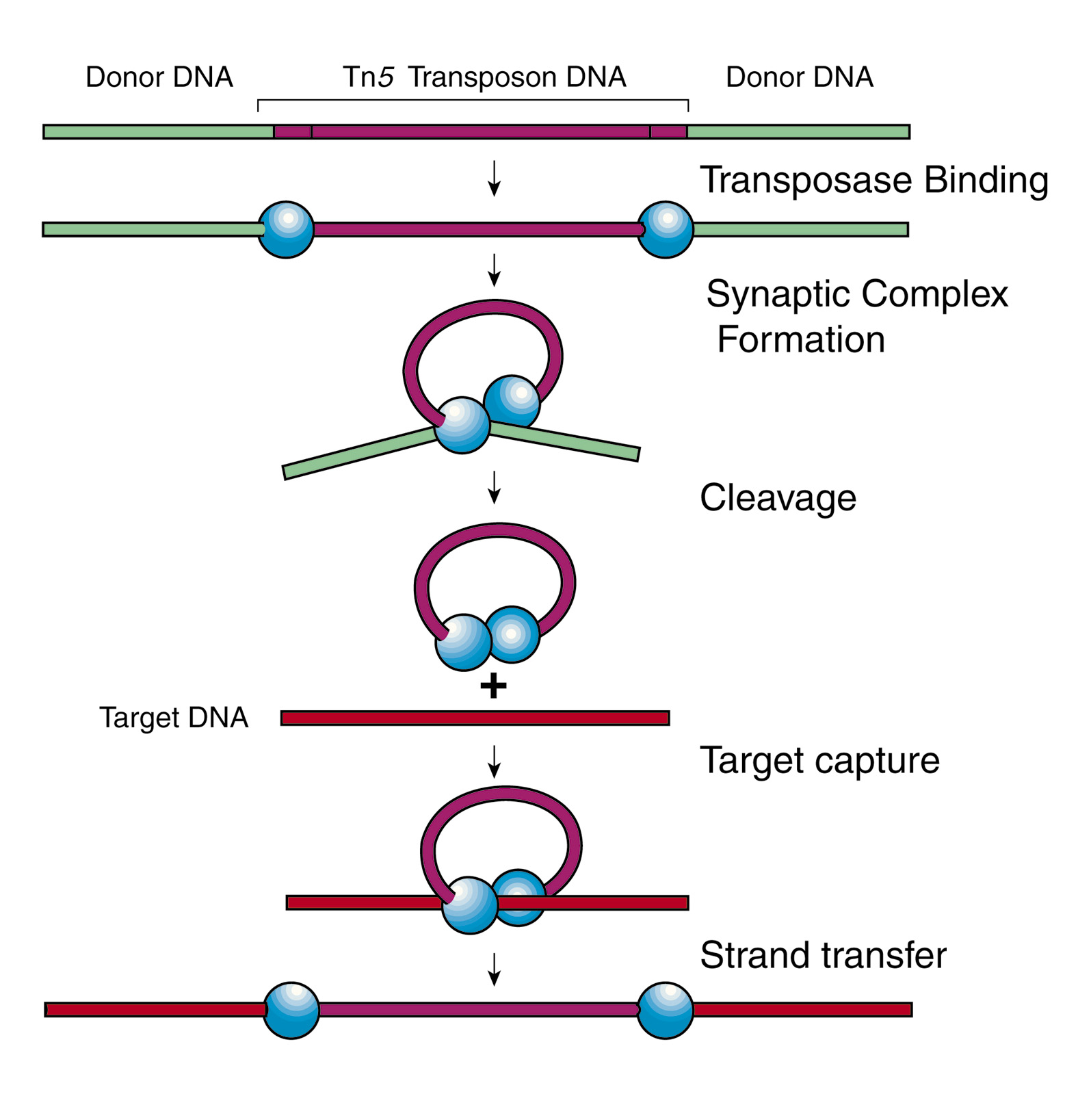A paranemic structure is a type of DNA structure (double-stranded helix) that can be separated without uncoiling [1] [2].
One of the particularities of this structure is that it is seen as a possible solution to the topological problem generated from the structural double helix model of Watson and Crick. This problem arises during DNA replication, and relates to the need of unwinding the chains to make possible for this process. The paranemic structure may be a solution to this problem once the strands can be separated by movement, each one sideways, without unwinding, as previously referred [3].
 |
| Paranemic structure example, [1] |
Bibliography:
[1] Yagil G., 1991, Paranemic Structures of DNA and their Role in DNA Unwinding, Critical Reviews in
Biochemistry and Molecular Biology, [online] Available at: <http://informahealthcare.com/doi/pdf/10.3109/10409239109086791>
[Accessed 28 November 2012]
[2] Cammack R. et al., 2006, Oxford Dictionary of
Biochemistry and Molecular Biology, [online] Available at: <http://www.answers.com/topic/paranemic>
[Accessed 28 November 2012]
[3] Brown, T. A., 2002, Genomes, 2nd ed., Oxford: Wiley-Liss.
[3] Brown, T. A., 2002, Genomes, 2nd ed., Oxford: Wiley-Liss.








